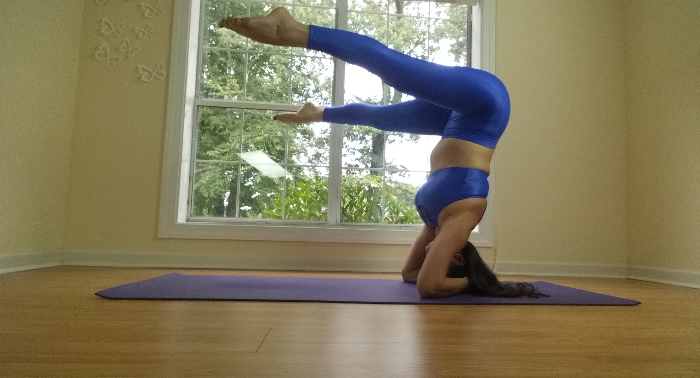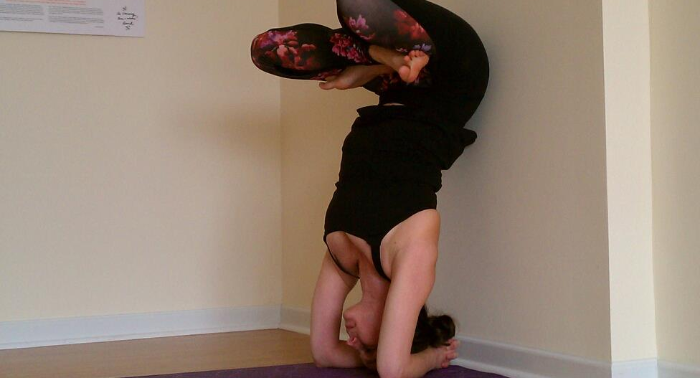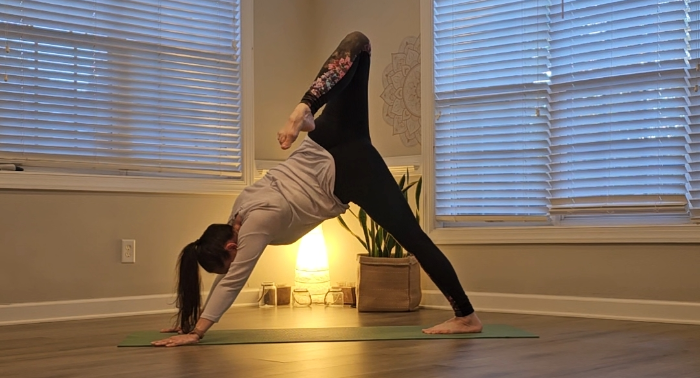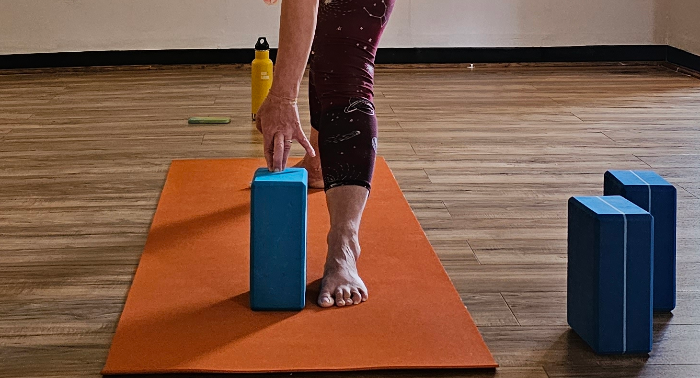Is Ashtanga Yoga Just About Asanas? Exploring the Deeper Dimensions

Yoga, in its myriad forms, has been practiced for thousands of years, offering a holistic approach to physical, mental, and spiritual well-being. Ashtanga Yoga, often associated with a rigorous sequence of postures, is a highly disciplined and structured practice. However, to label Ashtanga as merely a set of physical asanas would be a gross oversimplification. In this blog entry, we'll delve into the multifaceted nature of Ashtanga Yoga, exploring the deeper dimensions beyond the mat.
The Eight Limbs of Ashtanga Yoga
Ashtanga Yoga, as outlined in the Yoga Sutras of Patanjali, is an eight-fold path that encompasses much more than just the physical postures, or asanas. These eight limbs provide a comprehensive framework for a balanced and purposeful life:
Yama: The first limb focuses on ethical guidelines, including principles like non-violence (ahimsa), truthfulness (satya), and non-greed (aparigraha). These principles guide practitioners in their interactions with others and the world.
Niyama: The second limb involves personal observances, such as self-discipline (tapas), contentment (santosha), and self-study (svadhyaya). These practices help individuals cultivate inner strength and self-awareness.
Asana: The physical postures, which are perhaps the most recognizable aspect of Ashtanga Yoga, come under this limb. They serve as a means to prepare the body for meditation and higher states of consciousness.
Pranayama: Pranayama involves breath control and regulation. It helps in harnessing the vital life force (prana) and calming the mind, leading to increased focus and clarity.
Pratyahara: This limb teaches withdrawal of the senses from external distractions, allowing practitioners to turn their attention inward and explore their inner world.
Dharana: Concentration is the sixth limb, where the mind is trained to focus on a single point or object, sharpening mental discipline.
Dhyana: Meditation is the next step, where the practitioner experiences a state of deep, uninterrupted contemplation, fostering a sense of unity and oneness.
Samadhi: The ultimate goal of Ashtanga Yoga, samadhi, is a state of complete absorption, where the practitioner merges with the object of meditation or attains a state of pure consciousness.
Beyond Asanas: A Holistic Approach
While asanas are a crucial part of Ashtanga Yoga, they are just one element of a much broader practice. Ashtanga invites individuals to explore the full spectrum of human experience, from ethical living and self-awareness to meditation and spiritual growth. It encourages practitioners to lead a balanced life in harmony with themselves and the world around them.
Benefits Beyond the Mat
The benefits of Ashtanga Yoga extend far beyond physical fitness. By incorporating the eight limbs into one's life, practitioners can:
- Cultivate mental clarity and emotional balance.
- Develop self-awareness and inner strength.
- Enhance focus and concentration.
- Promote a sense of peace and contentment.
- Foster a deeper connection to the self and others.
- Embark on a spiritual journey toward self-realization.
Ashtanga Yoga is not just about asanas; it is a profound path toward holistic well-being and self-realization. While the physical postures play a significant role in this practice, they are only one aspect of a rich and multifaceted tradition. By exploring the eight limbs of Ashtanga Yoga, practitioners can tap into the deeper dimensions of this ancient discipline, leading to a more balanced and fulfilling life both on and off the mat. So, roll out your mat, but also open your heart and mind to the transformative power of Ashtanga Yoga.




